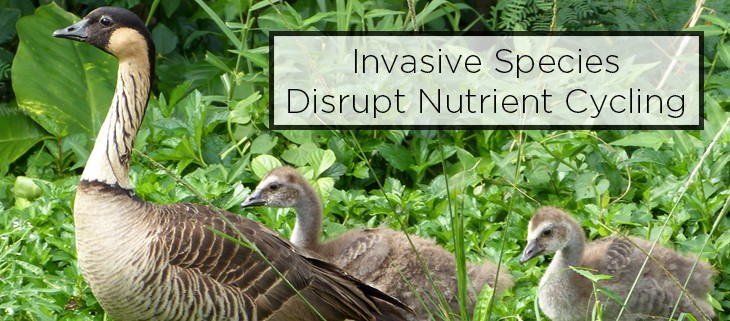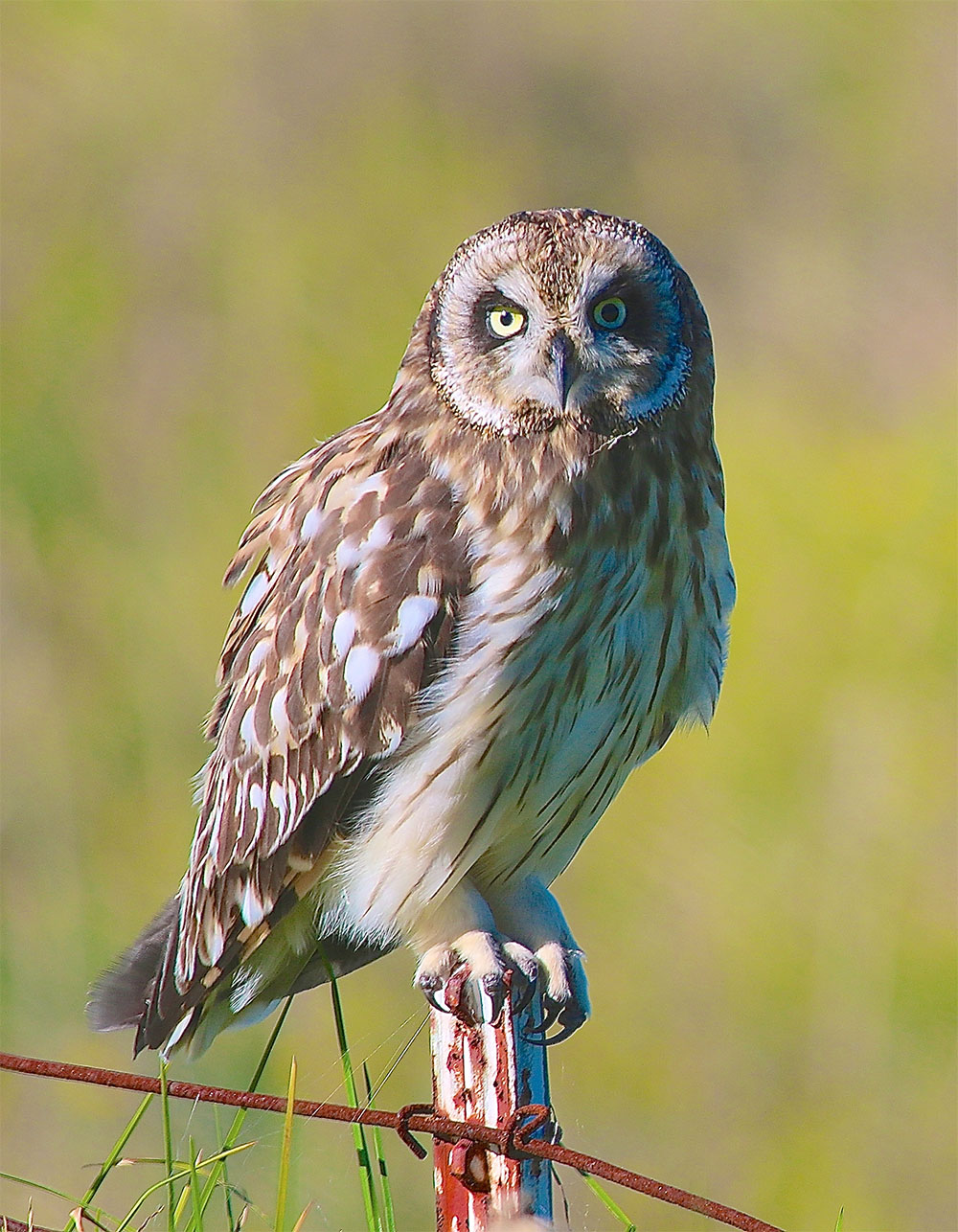December 4, 2024
The Ebiil Society: Champions of Palau
Ann Singeo, founder of our partner organization the Ebiil Society, shares her vision for a thriving Palau and a flourishing world of indigenous science!
We use cookies to help you navigate efficiently and perform certain functions. You will find detailed information about all cookies under each consent category below.
The cookies that are categorized as "Necessary" are stored on your browser as they are essential for enabling the basic functionalities of the site. ...
Necessary cookies are required to enable the basic features of this site, such as providing secure log-in or adjusting your consent preferences. These cookies do not store any personally identifiable data.
Functional cookies help perform certain functionalities like sharing the content of the website on social media platforms, collecting feedback, and other third-party features.
Analytical cookies are used to understand how visitors interact with the website. These cookies help provide information on metrics such as the number of visitors, bounce rate, traffic source, etc.
Performance cookies are used to understand and analyze the key performance indexes of the website which helps in delivering a better user experience for the visitors.
Advertisement cookies are used to provide visitors with customized advertisements based on the pages you visited previously and to analyze the effectiveness of the ad campaigns.
Looking to make an impact this Earth Month? Here’s how.

It has been long understood that invasive species alter the balance of an ecosystem. The presence of invasive species often results in the endangerment of native flora and fauna, but new research reveals a previously unknown problem caused by invasive species: disruption to nutrient cycles.

Researchers from the Savannah River Ecology Laboratory (SREL) at the University of Georgia (UGA) have shown that invasive species in Hawai’i such as rats, mongoose, feral pigs, yellow jackets, and fly larvae alter island ecosystem nutrient cycles. The study examined the impacts of both vertebrate and invertebrate scavenging of invasive species on the island. Erin F. Abernethy, an alumnus of SREL and UGA’s Odum School of Ecology, now at Oregon State University, explained:
We wanted to see what was eating the invasive species that have significant populations on the island…And, we wanted to identify the percentages of carcasses eaten by invasive vertebrates and invertebrates.
The researchers found that more invasive species on an island means more food for invasive species that scavenge carcasses. In addition to feeding on native plants and wildlife (and carcasses of dead native animals), some invasive species also feed on remains of invasive species; the extra nutrition offers invasive species enhanced reproductive success, creating a positive feedback loop of more resulting in exponential growth of invasive populations. Meanwhile, because invasives are also consuming native plants and wildlife, they take away from the nutrition resource for the island’s original inhabitants. The invasive species flourish, and the natives dwindle.
The researchers found a difference in impacts by vertebrates versus invertebrates. They fixed tracking devices to carcasses of invasive species and set camera traps to monitor which species came to scavenge. The resultant data revealed that while both vertebrate and invertebrates were responsible for scavenging, the vertebrates were responsible for removing 55 percent of the carcasses while invertebrates ate the remaining 45 percent. This left no carcasses for the native owls and hawks.

Although the research team expected to see invasive vertebrates remove a large proportion of the carcasses, Abernathy explains that they were surprised at how efficient they were:
We anticipated that vertebrates would quickly find and remove large carcasses, but we discovered that the vertebrates were skilled at acquiring all types of carcasses…They were adept and highly efficient at finding the smallest of resources–locating carcasses of coqui frogs, a small frog native to Puerto Rico–and geckos that only weighed a few grams, before invasive invertebrates had the opportunity to get to them.
Out of the vertebrate community, mongoose and rats were the most common scavengers that were found and mongooses were the only species that participated in cannibalism in the study. Olin E. Rhodes Jr., director of the SREL explained:
It is essential to know where nutrient resources flow in a highly invaded ecosystem.
This research revealed that invasive species can enter into a positive feedback loop where an island ecosystem is increasingly saturated with invasives while native species populations decline. The case of the Hawaiian Islands is just one example of disturbed nutrient cycles; the study suggests that Hawai’i and islands around the world need to be protected from invasive species, lest the native wildlife be deprived of important food sources and invasive species overwhelm and transform the entire ecosystem.
Featured photo: Hawaiian Geese “Nene.” Credit: Mike’s Birds
Source: eurekalert.org
Check out other journal entries we think you might be interested in.
Notifications